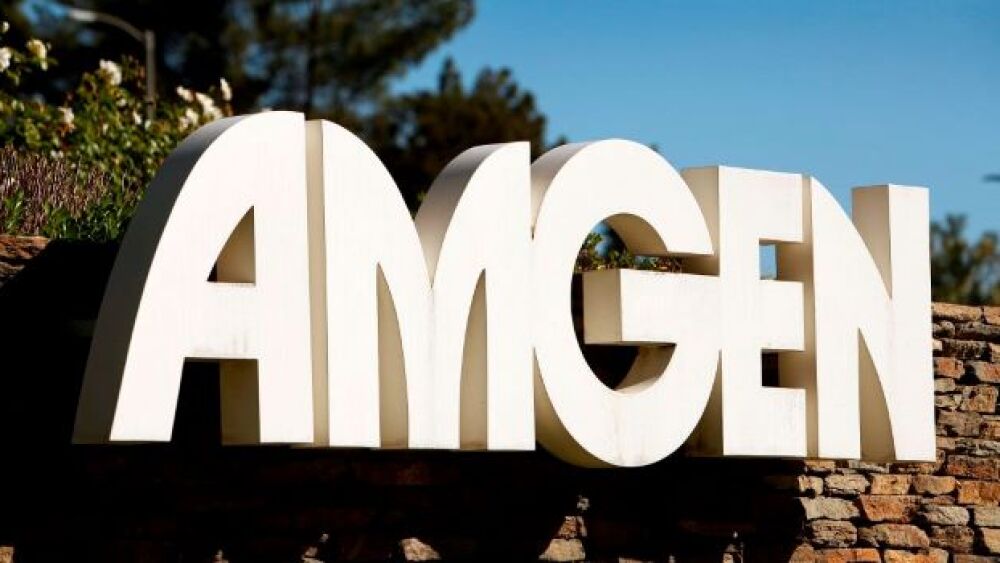Ischemic heart disease, caused by vessel blockage, is a leading cause of death in many western countries. Studies have shown the potential of stem cells in regenerating heart tissue damaged during an attack. But even as the list of candidate cells for cardiac regeneration has expanded, none has emerged as the obvious choice, possibly because several cell types are needed to regenerate both the heart’s muscles and its vascular components.
Aside from the choice of the right cell source for tissue regeneration, the best way to deliver the stem cells is up for debate, too, as intravenous delivery and injections can be inefficient and possibly harmful. While embryonic stem cells have shown great promise for heart repairs due to their ability to differentiate into virtually any cell type, less than 10 percent of injected cells typically survive the engraftment and of that number generally only 2 percent actually colonize the heart.
In order for this type of treatment is to be clinically effective, researchers need to find ways to deliver large numbers of stem cells in a supportive environment that can help cells survive and differentiate.
In the current “cardiopatch” study, conducted by researchers from the Faculty of Medicine of the Geneva University in collaboration with colleagues at the Ecole Polytechnique Federale de Lausanne (EPFL), cardiac-committed mouse embryonic stem cell (mESC) were committed toward the cardiac fate using a protein growth factor called BMP2 and then embedded into a fibrin hydrogel that is both biocompatible and biodegradable. The cells were loaded with superparamagnetic iron oxide nanoparticles so they could be tracked using magnetic resonance imaging, which also enabled the researchers to more accurately assess regional and global heart function.
The patches were engrafted onto the hearts of laboratory rats that had induced heart attacks. Six weeks later, the hearts of the animals receiving the mESC-seeded patches showed significant improvement over those receiving patches loaded with iron oxide nanoparticles alone. The patches had degraded, the cells had colonized the infarcted tissue and new blood vessels were forming in the vicinity of the transplanted patch. Improvements reached beyond the part of the heart where the patch had been applied to manifest globally.
Marisa Jaconi, PhD, of the Geneva University Department of Pathology and Immunology, and Jeffrey Hubbell, PhD, professor of bioengineering at the EPFL, were leaders on the investigative team. Their findings could make a significant impact on how heart patients are treated in the future. “Altogether our data provide evidence that stem-cell based cardiopatches represent a promising therapeutic strategy to achieve efficient cell implantation and improved global and regional cardiac function after myocardial infarction,” said Jaconi.
The full article, “Embryonic stem cell-based cardiopatches improve cardiac function in infarcted rats,” can be accessed at: http://www.stemcellstm.com/content/early/recent.
About STEM CELLS Translational Medicine:
STEM CELLS TRANSLATIONAL MEDICINE (SCTM), published by AlphaMed Press, is a monthly peer-reviewed publication dedicated to significantly advancing the clinical utilization of stem cell molecular and cellular biology. By bridging stem cell research and clinical trials, SCTM will help move applications of these critical investigations closer to accepted best practices.
About AlphaMed Press: Established in 1983, AlphaMed Press with offices in Durham, NC, San Francisco, CA, and Belfast, Northern Ireland, publishes two other internationally renowned peer-reviewed journals: STEM CELLS® (www.StemCells.com), celebrating its 30th anniversary in 2012, is the world's first journal devoted to this fast paced field of research. The Oncologist® (www.TheOncologist.com), also a monthly peer-reviewed publication, entering its 17th year, is devoted to community and hospital-based oncologists and physicians entrusted with cancer patient care. All three journals are premier periodicals with globally recognized editorial boards dedicated to advancing knowledge and education in their focused disciplines.




